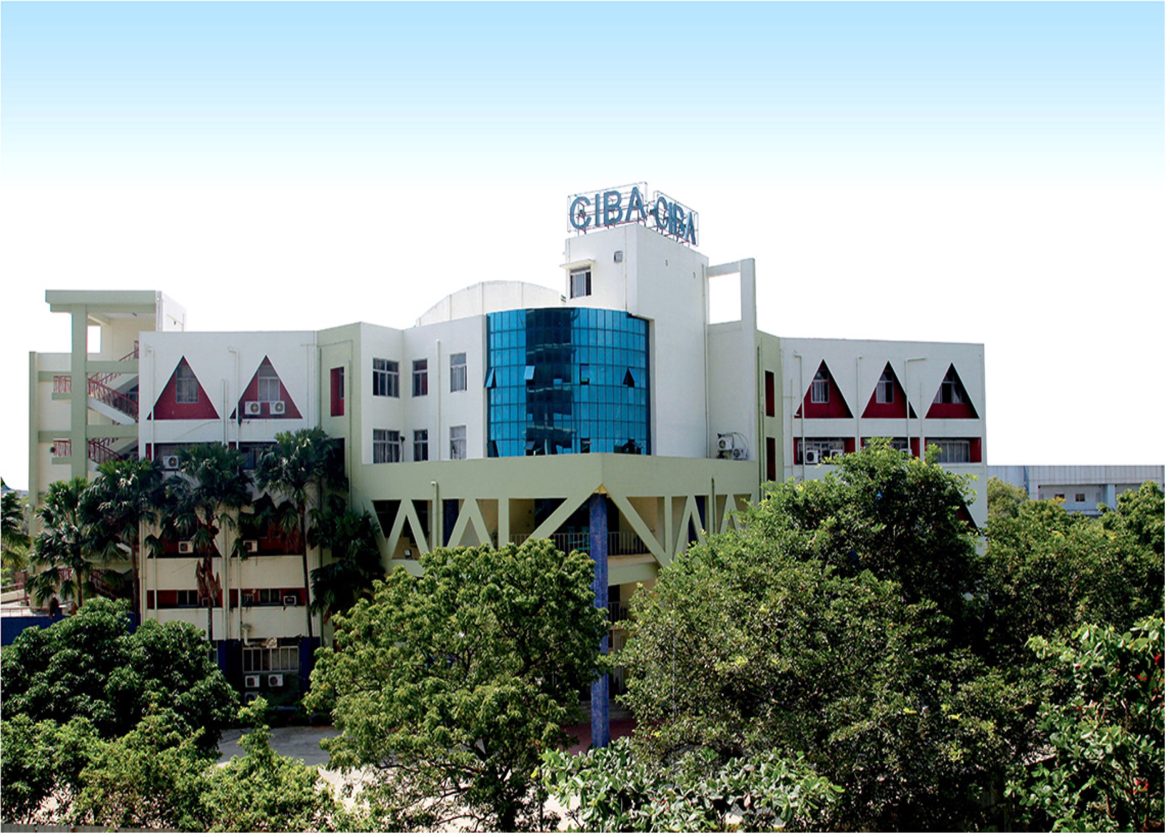In an extraordinary scientific triumph, aquaculture savants in India have triumphantly unraveled the intricate genome of an indigenous white shrimp variant known as P. indicus. This monumental feat promises to usher in a paradigm shift within India’s shrimp farming domain, mitigating dependence on imported species and galvanizing the nation’s seafood exports.
India’s prodigious seafood exports currently command a staggering Rs 42,000 crore. Nonetheless, the aquaculture sector has long been tethered to the imported Pacific white shrimp, Vannamei, which has undergone selective genetic augmentation over the years. Vannamei looms large on the global shrimp export stage, contributing prodigiously to India’s seafood export tally, accounting for nearly 70% of the total.
In a bid to herald diversity and champion indigenous shrimp ecotypes, the Indian Council of Agricultural Research-Central Institute for Brackishwater Aquaculture (ICAR-CIBA) has embarked on a resolute endeavor under the aegis of the Make in India flagship initiative. The focal point of this audacious undertaking is the Indian white shrimp, P. indicus. As a pivotal component of the Pradhan Mantri Matsya Sampada Yojana, the inaugural phase of this pioneering project has been endowed with a commendable allocation of Rs 25.04 crore, with a grand aggregate of Rs 100 crore earmarked for this audacious expedition.

Kuldeep Kumar Lal, the erudite Director of CIBA, Chennai, underscored the profound significance of emancipating the shrimp industry from unilateral dependence while ardently championing indigenous shrimp strains for the greater good of India’s shrimp sector and its indefatigable farmers. With unwavering resolve, the Indian Council of Agricultural Research-Central Institute for Brackishwater Aquaculture (ICAR-CIBA) has enshrined the Indian white shrimp, P. indicus, as a preeminent national priority species under the aegis of the Make in India flagship program. This resounding declaration underscores an unswerving commitment to elevating indigenous species over their exotic counterparts, thereby fortifying India’s shrimp industry and ameliorating the plight of shrimp farmers.
The momentous feat of elucidating the P. indicus genome stands as an unparalleled achievement, distinguished by its status as the pioneering endeavor of its kind for this particular species. Akshaya Panigrahi, the venerable principal scientist at ICAR-CIBA, elucidated the profound import of this milestone in the context of native shrimp genetic selection. Even before domestication, P. indicus had exhibited prodigious potential, manifesting a production capacity spanning 3 to 7 tons per hectare per crop at a judicious stocking density. Through the agency of a rigorous genetic enhancement program, the erudite coterie of scientists anticipates an incremental genetic yield of 4-7% per generation, a transformative prospect that envisages a twofold surge in productivity, a remarkable augmentation in feed conversion efficiency, and an unprecedented upswing in the profitability quotient for farmers.
Dr. Panigrahi further accentuated the salience of this nascent shrimp species, extolling its potential to position India as a pioneering proponent of selectively bred Indian white shrimp for a global audience. Savants in the scientific fraternity firmly believe that the potential of this genetically enhanced shrimp strain will attain zenith status with the seamless assimilation of modern smart farming paradigms. Conspicuously, the establishment of a nuclear breeding center stands as tangible evidence of progress, supported by a comprehensive scientific framework for genetic selection. Furthermore, the labyrinthine genetic attributes of shrimps hailing from a kaleidoscope of global regions have been meticulously charted and documented.
The exigency for self-reliance in the realm of shrimp farming assumed an unassailable stature during the crucible of the COVID-19 pandemic, when piscatorial custodians grappled with logistical tribulations in procuring mother shrimp for the rigors of farming. The triumphant decoding of the P. indicus genome furnishes an auspicious panacea to confront and surmount such adversities, catalyzing the advent of a more sustainable and lucratively remunerative chapter for India’s resplendent shrimp industry.

